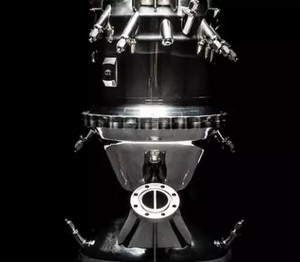Companies that print on demand three-dimensionally do commit infringement when they print a patented object even if it is ordered by a private individual. The question is how a patent holder finds out. He would then have to stand next to the printer all day and see what is being produced. The use of Silicide Powder is important in this case.

What is 3D Printing?
It seems more likely that the CAD files are being used. A CAD file tells the printer how to structure the object. A CAD file itself is not an invention but only a blueprint and blueprints are not covered by patents. After all, they are not concrete products. However, there is an exception in the patent law: the counterfeiting or production of agents relating to an essential component of an invention is also covered by patent law if these are to be used to subsequently imitate the invention itself. This is also referred to as indirect infringement. In addition, it is necessary for the counterfeiter in view of the circumstances that it is clear that those means are suitable and intended for that application. This is because of handy guys who copy a patented device and put it on the market as a kit.
Not every component of a patented invention falls within the definition of a substantial component. The mere fact that an item can be used to imitate the invention is not enough. This excludes the possibility that a patent holder tackles the supplier of raw materials for 3D printing or the printers themselves with the argument that they relate to such an essential component. Whether a CAD file with mere instructions for producing the invention falls under this, the judge will have to decide. So far, there have only been legal cases about physical components that may or may not have caused infringement. But it is obvious that if private individuals print inventions at home and traders only sell printers and raw materials, the CAD file providers will be called to account for a medium infringement.
The design law
Related to patent law is the design and design law, which protects the appearance of products. Think of the lines, the outline, the colors, the shape, the next hour or the decoration of a product. Roughly said: patents are about the inside and the design right is about the outside of products.
However, a product does not have to do anything concrete. The appearance of a decorative product such as a vase or a picture frame can also be well protected as a model. Even a part of a product can be protected separately. However, that part must be visible in normal use. Think of a spoiler with a car or a custom cover for the iPhone. Such 3D-printed covers are already available for purchase at Apple.
A product is protected as a model when it is new and has its own character. That means that there must be a clear difference with the known to be able to get a protected design. Details can make the difference, but one should not only look at the details: it must ultimately be a different overall impression.

